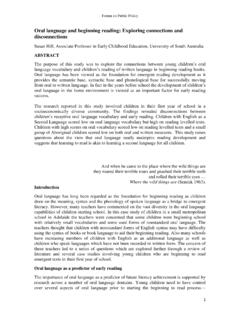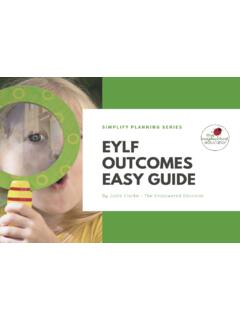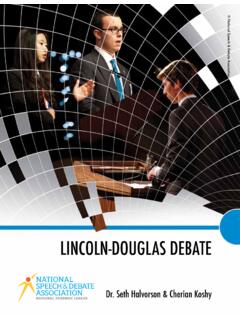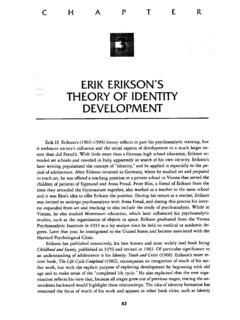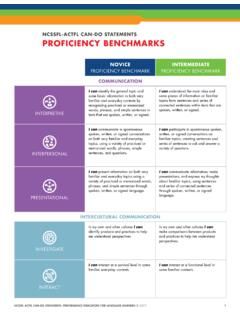Transcription of The Elements of the Essay
1 THE NORTON INTRODUCTION TO LITERATURE Tenth Edition Allison Booth Kelly J. Mays The Elements of the Essay 2010 Norton & Company, Inc. The Elements of the Essay An Essay is a relatively short written composition that articulates, supports, and develops an idea or claim. This chapter explains how tone, thesis, structure, and evidence all contribute to strong, effective essays. 2010 Norton & Company, Inc. Tone (and Audience) The tone of an Essay is shaped by its audience, situation, and purpose. Essays about literature should be geared toward an audience of educated people who have some experience in reading literature but have read the work at hand only once and have not yet closely analyzed it. 2010 Norton & Company, Inc. Thesis A thesis is an Essay s governing idea, proposition, claim, or point.
2 A thesis must be debatable; that is, it must be a proposition that is not obviously true or factual and that must be proved with evidence from the text. 2010 Norton & Company, Inc. Thesis A thesis should clearly stake out a claim, but it should not be one-sided or narrow. A good thesis will allow complexity. Interpretive claims focus on how a text works: what it says and how it should be understood. 2010 Norton & Company, Inc. Thesis Evaluative claims involve aesthetic or ethical judgments on a text. The thesis of an Essay about literature should generally be an interpretive rather than an evaluative claim. 2010 Norton & Company, Inc. Structure An Essay s structure should consist of a beginning (or introduction), a middle (or body), and an end (or conclusion).
3 An Essay s introduction should articulate its thesis, provide basic background information, and create interest in or a motive for reading its argument. 2010 Norton & Company, Inc. Structure Common motives for writing and reading an Essay include revealing a truth that is not immediately obvious, identifying an interesting wrinkle in the text, or showing why a seemingly insignificant detail is actually important. The body of an Essay should support and develop the thesis by presenting and analyzing evidence. 2010 Norton & Company, Inc. Structure Each body paragraph should develop one specific claim, stated in a topic sentence, in support of the Essay s thesis. Body paragraphs should be ordered in a logical sequence that is clearly signaled to the reader.
4 2010 Norton & Company, Inc. Structure The conclusion should remind readers why and how the Essay was worth reading by exploring implications, offering an evaluation, or identifying areas of remaining ambiguity or unresolved questions. 2010 Norton & Company, Inc. Evidence Each of the points or ideas in the body of an Essay should be supported and developed with ample, appropriate evidence. Presenting evidence involves selecting specific facts from the literary text and actively interpreting them to show why they matter. 2010 Norton & Company, Inc. Evidence Quotations should be used as evidence when their wording is significant. Otherwise, simply paraphrase, describe, or summarize your evidence. 2010 Norton & Company, Inc. Conventions Essays about literature use the present tense to refer to actions that occur within or are performed by the text.
5 Underline or italicize the titles of all books or works published independently, such as novels, plays, and long poems. 2010 Norton & Company, Inc. Conventions Use quotation marks for works that have been published as part of longer works, such as short stories, poems, or periodical articles. The first time you refer to an author, use his or her full name; thereafter, use the last name only. When referring to characters within a literary text, use the same conventions the text uses.




